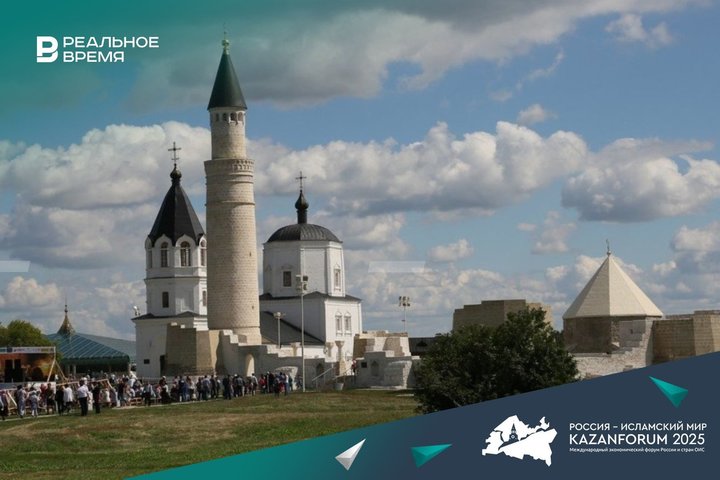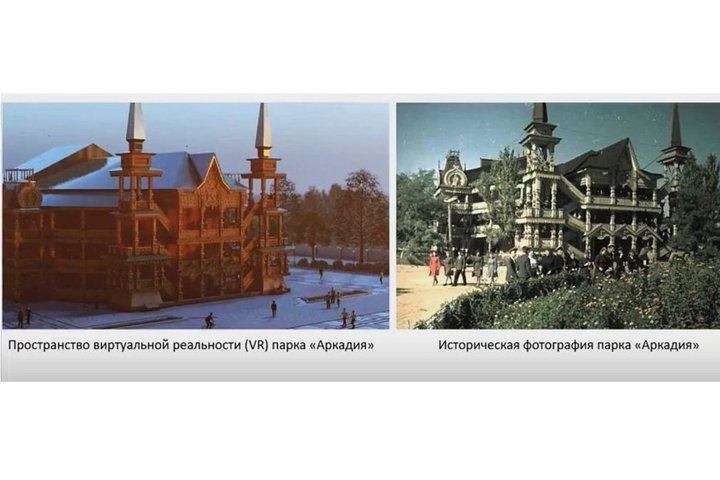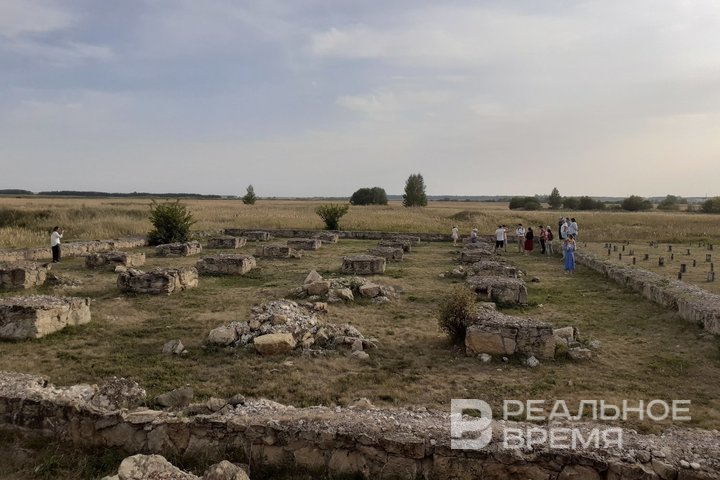‘3–4 cultural heritage sites are destroyed in Russia every day’
Muslim historical and archaeological heritage discussed at KazanForum

Islamic historical heritage comprises thousands of ancient cities, mosques, and mausoleums, which require international-level efforts for their preservation. This was discussed during the Russia — Islamic World: KazanForum forum, at the session “Muslim Historical and Archaeological Heritage: Preservation, Study, Management, and Tourism,” organised by the Academy of Sciences of the Republic of Tatarstan. Where archaeologists and historians go, tourists soon follow. Read more details in the Realnoe Vremya report.
Underground mosques and the graves of the Sahabah
The original list of speakers was twice as long: for example, we did not get to hear from Munir Bushenak, the director of the Arab Regional Centre for World Heritage; Mikhail Piotrovsky, the director of the Hermitage; or Professor Wei Jiang, the director of the Institute of Border Archaeology in China.
As noted by Evren Rutbil, the director of the International Institute of Central Asian Studies from Uzbekistan, preservation efforts are underway and many plans are in place. In particular, the earliest Islamic heritage on their territory dates back to the 8th century:
“These are thousands of ancient cities, mosques, mausoleums, and, of course, intangible heritage. Preserving it requires significant work and international cooperation.”
In particular, his institute is involved in the conservation of the Sherdor madrasah in Samarkand, founded in 1619. Rutbil proposed that colleagues focus on two major topics: underground mosques in Kazakhstan, of which there are at least 10–15 in the country, and the graves of the Sahabah — the companions of the Prophet Muhammad.
“Even if the phenomenon itself is not scientifically proven, we need to understand why such legends arise and study these sites with the international community,” Rutbil noted.
His colleague, acting rector of the Astrakhan State University of Architecture and Civil Engineering, Sergey Strelkov, presented projects related to the implementation of VR and AR technologies. These initiatives began in connection with the activities of local search teams: showcasing all their findings across the region is challenging due to logistics and other issues. As a result, a virtual museum was created, and, Strelkov noted, objects can even be scanned using a smartphone.
Incidentally, as part of KazanForum, the stand of the Academy of Sciences of the Republic of Tatarstan featured, alongside the Teragraph data analysis project and TatarCoin tokens, a 3D reconstruction of a monument of medieval Muslim culture — the Lapas mausoleum complex, created by the A.Kh. Khalikov Institute of Archaeology.

In Astrakhan, a model was created of the wooden theatre in Arkadia Park, where the Kazan native Fyodor Shalyapin performed. The building burned down in 1976, but fortunately, photographic records and a scale model have survived.
Additionally, a museum of wooden architecture has been established at AGASU. Initially, it was a physical museum. Since the loss of wooden architecture in the region is occurring at an alarming rate — due not only to human factors but also the climate — enthusiasts began by collecting materials. However, it soon became clear that creating a digital archive was also necessary, given the high risks of loss.

Bolgar: visitor numbers increase more than twentyfold
Overall, attention to cultural heritage sites enhances their tourist appeal, noted Rafael Valeev, Professor of the Department of World Cultural Heritage at Kazan Federal University.
He pointed out that before the interest of the Republican Fund for the Revival of Historical and Cultural Monuments of Tatarstan in Bolgar, it attracted 30,000 visitors annually. Recently, this figure has risen to 700,000, and even up to a million. At the same time, Valeev briefly mentioned that Bilyar, another important site on the republic’s map, receives “around several tens of thousands” of visitors.
“Every day in Russia, 3 to 4 cultural heritage sites are destroyed. This is a trend that should be stopped,” said Alexandra Soboleva, the head of Regional Cooperation at DOM.RF. She briefly spoke about a subsidised loan programme for the development of project documentation, restoration, and adaptation of architectural monuments in poor condition for modern use.”
“We hope that this programme will become a turning point in the situation,” Soboleva noted.
The programme was launched at the end of last year. The list includes 24 pilot sites where cultural heritage monuments can be restored with a 7% interest rate. Fourteen of these have been handed over to investors, and a loan has already been taken out for one. It is worth noting that Tatarstan was not included among the pilot regions eligible for such benefits.
At the same time, Soboleva indicated that her company would like to hold an event this summer to attract investors — possibly in Yelabuga or another district of Tatarstan.